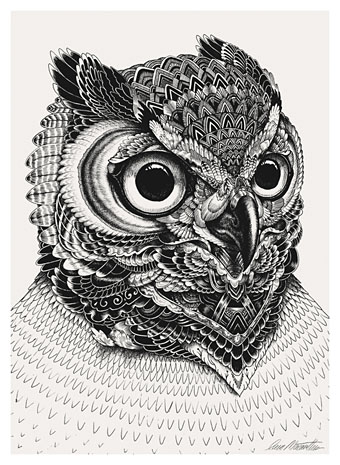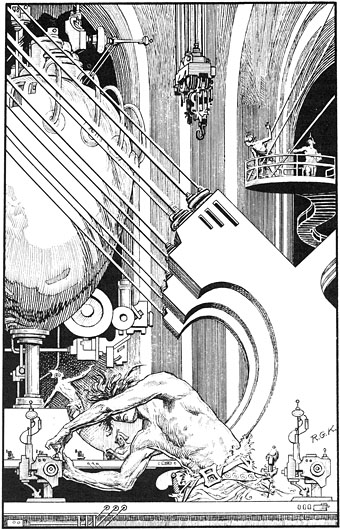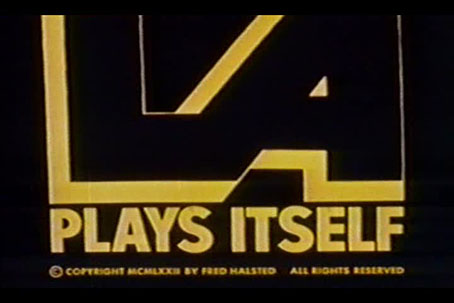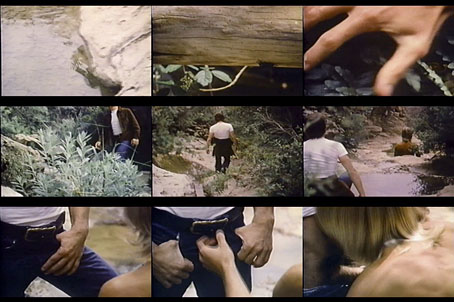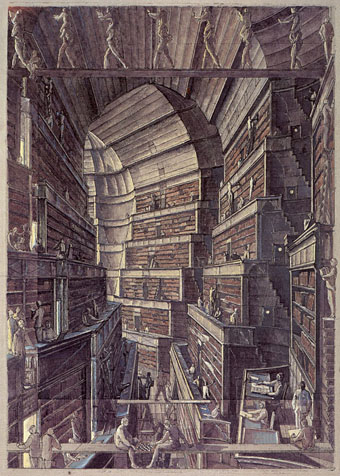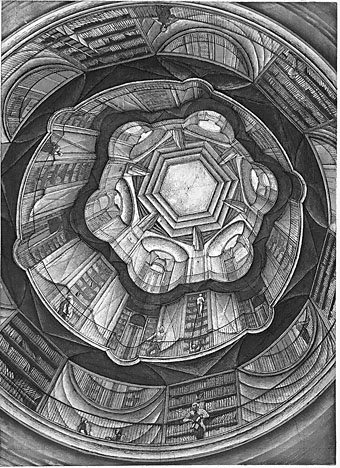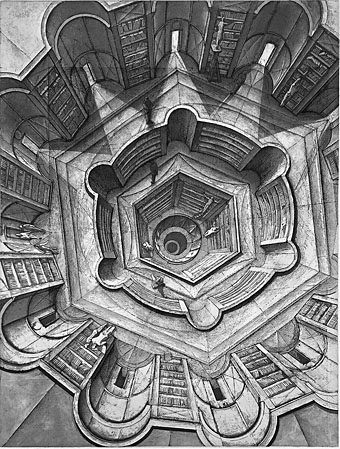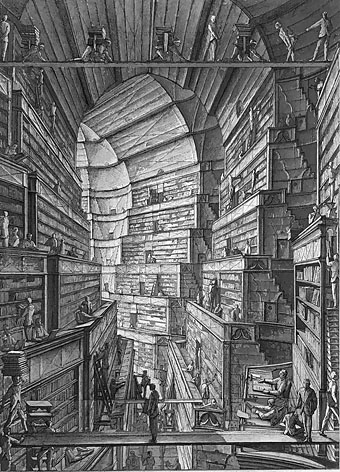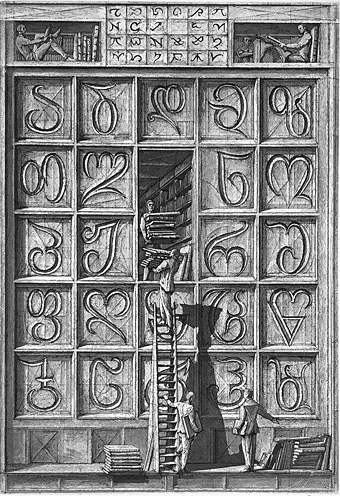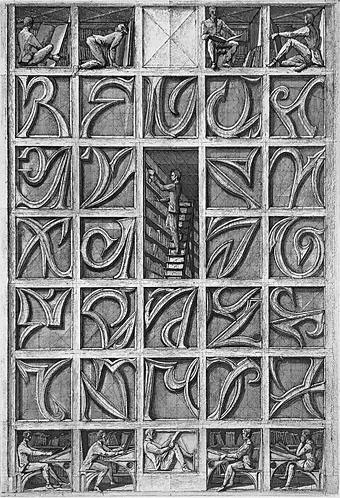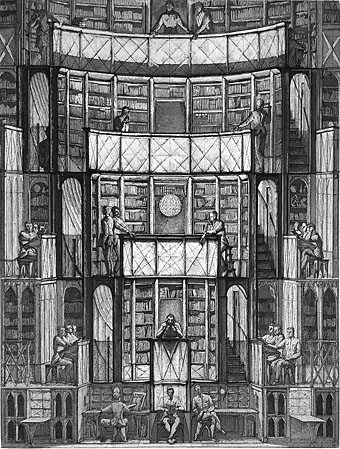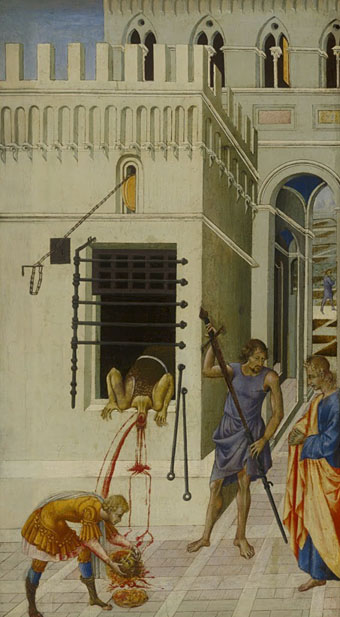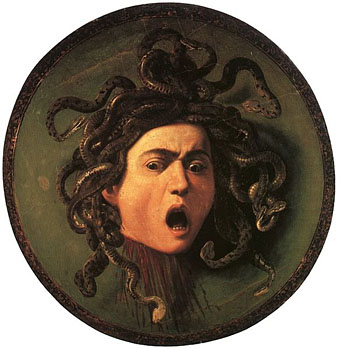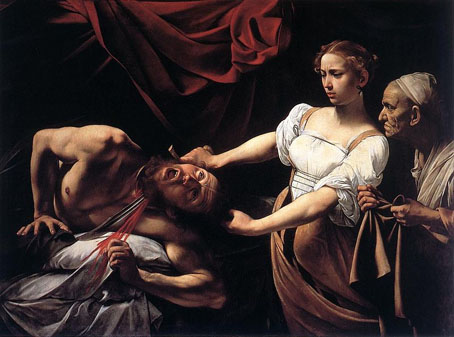Owl portrait by Iain Macarthur.
• “Ghost Box is a glance through a window seeing something running alongside our version of reality. Like, what if Paul McCartney had made records with the Radiophonic Workshop?” Ghost Box designer and Mr Focus Group, Julian House is interviewed.
• “…that book with the girl with the hatchet in her head…” Dave Tompkins remembers Denis Gifford’s A Pictorial History of Horror Movies (1973), a formative influence of mine, and that of many other people, it seems.
• Salvador Dalí’s 1946 illustrated edition of Macbeth. Related: From Macbeth to the Wizard of Oz: New exhibition explores the erotic side of witchcraft.
I do not want to live in a world where the government and a select few conservative feminists get to decide what we may and may not masturbate to, and use the bodies of murdered women or children as emotional pawns in that debate. It is supremely difficult to achieve radical ends by conservative means. Feminists and everyone who seeks to end sexual violence should be very cautious when their immediate goals seem to line up neatly with those of social conservatives and state censors.
Laurie Penny on the recent Tory policy of attempting to limit online pornography.
• The Facebook page for The Wicker Man has details of the pursuit for a complete print of the film. A Blu-ray edition will be released in October.
• Anne Billson visited the Hotel Thermae Palace in Ostend, the columnated location of Daughters of Darkness.
• Kenneth Anger on how he made Lucifer Rising. The ICA in London is screening his films this weekend.
Roy Krenkel illustrates Tales of Three Planets by Edgar Rice Burroughs, 1964.
• The Electric Banana Blows Your Mind: The soundtrack library alter ego of The Pretty Things.
• Mix of the week: an ambient (in the 90s’ sense of the word) DJ set by Surgeon.
• Bernie Krause shares the happiest sounds he’s heard in nature.
• RIP Walter De Maria, sculptor and musician.
• Sexodrome by Asia Argento with Morgan.
• Metabolist: Identify (1980) | Curly Wall (1980) | Ymuzgo/Pigface (1981)

